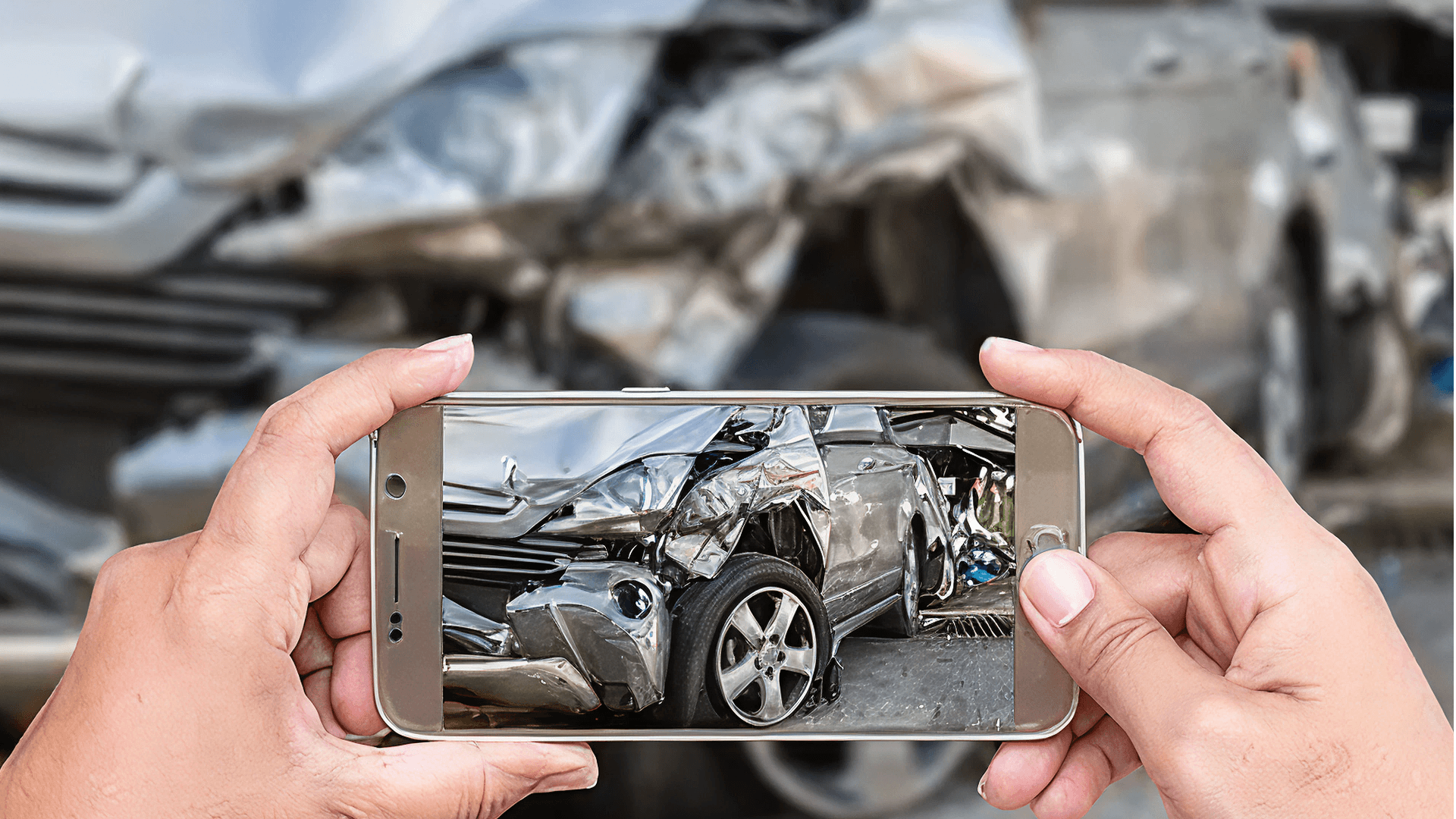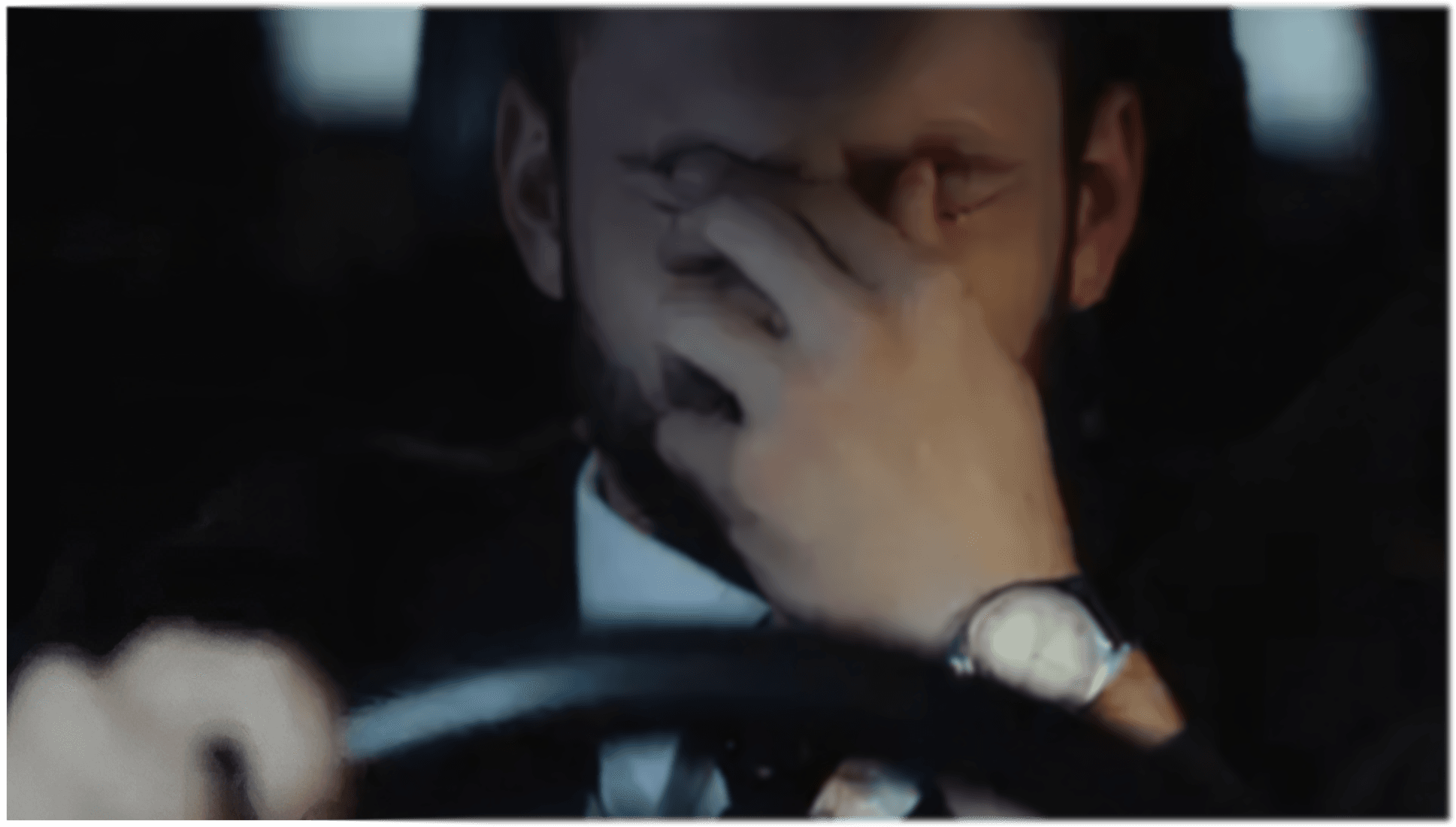Featured

Aug 31, 2024
Why Are Speeding Trucks More Likely To Cause Accidents | IL
Truckers often have tight delivery schedules, which may motivate them to break speed limits or drive faster than they should for road or weather conditions. While any speeding driver can cause an injury accident, large trucks have specific factors...

Aug 28, 2024
Why Should You Take Photos At Your Injury Accident Scene Il
There are countless articles detailing steps you should take after an accident. The advice varies, but most lists include taking photos at the scene of your personal injury accident. Have you wondered why this is advised? The photos you take can s...

Aug 21, 2024
What Is Apportionment In Workers Comp Claims
With few exceptions, Illinois law requires employers to provide workers’ compensation insurance policies for their employees. These policies offer benefits to workers injured on the job or while doing job-related tasks. Unlike personal injury clai...

Aug 15, 2024
Why Is Distracted Driving So Dangerous
Any person who gets behind the wheel of a motor vehicle assumes a legal obligation to drive safely and use care to avoid harming others. Distracted driving violates that duty of care, potentially causing injury or fatal car collisions. Because dis...

Aug 08, 2024
Can You Get A Personal Injury Payout From The Government
You probably know that when someone else causes an accident that injures you, you might be eligible to obtain compensation. This fact can apply to drivers, business and property owners, and other responsible parties. What if a federal, state, or l...

Aug 05, 2024
How Can Fatigue Affect Driving And Why Should You Care
Anyone who gets behind the wheel of a motor vehicle has a legal duty to use reasonable care to avoid causing injury accidents. You probably know that things like speeding, drunk driving, and distracted driving often lead to collisions, but did you...